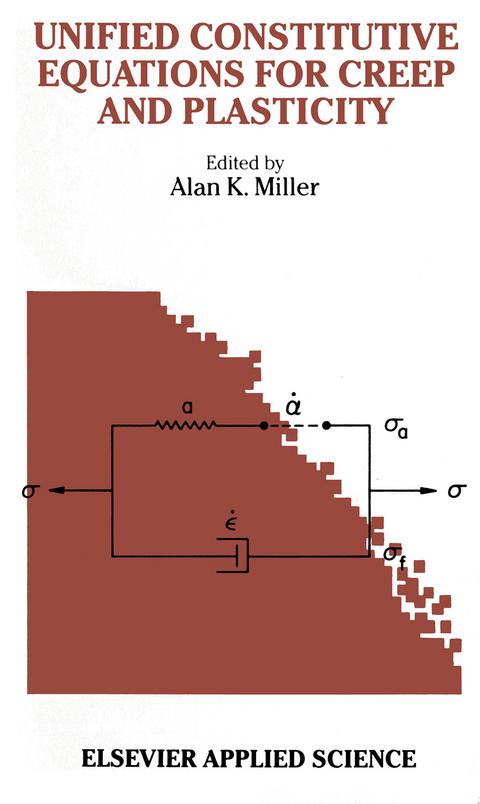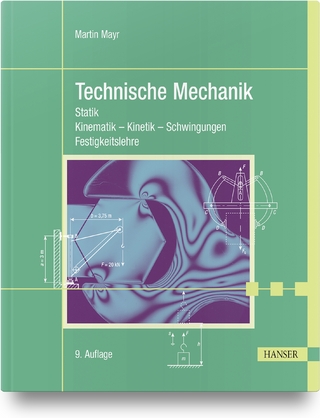
Unified Constitutive Equations for Creep and Plasticity
Kluwer Academic Publishers (Verlag)
978-1-85166-087-2 (ISBN)
- Titel z.Zt. nicht lieferbar
- Versandkostenfrei innerhalb Deutschlands
- Auch auf Rechnung
- Verfügbarkeit in der Filiale vor Ort prüfen
- Artikel merken
1 Constitutive Behavior Based on Crystal Plasticity.- 1 Introduction.- 2 Some Important Realities.- 3 Flow Kinetics.- 4 Polycrystal Plasticity.- 5 Evolution.- 6 Internal Stresses.- 7 Application.- 8 Summary and Recommendations.- 2 State Variable Theories Based on Hart’s Formulation.- 1 Introduction.- 2 The Physical and Phenomenological Bases.- 3 A State Variable Description.- 4 The Type of Data Utilized in Determining the Material Parameters.- 5 Materials Tested.- 6 Simulative and Predictive Powers of the State Variable Approach.- 7 Discussion.- 3 The MATMOD Equations.- 1 Introduction.- 2 Development of the Equations.- 3 Simulations and Predictions.- 4 Numerical Integration Methods.- 5 Calculation of the Material Constants.- 6 Summary.- 4 The Mechanical Equation of State.- 1 Yield Criteria.- 2 Mechanical Equation of State for Dislocation Creep under Multiaxial Stresses.- 5 A Physically Based Internal Variable Model for Rate Dependent Plasticity.- 1 Introduction.- 2 The General Problem.- 3 Proposed New Model.- 4 Behavior of the Model.- 6 Review of Unified Elastic—Viscoplastic Theory.- 1 Introduction.- 2 Constitutive Equations.- 3 Interpretation and Evaluation of Material Constants.- 4 Modeling of Metals.- 5 Applications.- 7 Summary and Critique.- 1 Introduction.- 2 Model by Krieg, Swearengen and Jones.- 3 Model by Miller.- 4 Model by Bodner.- 5 Model by Korhonen, Hannula and Li.- 6 Model by Gittus.- 7 Numerical Difficulties with the Models.- 8 Conclusion.
| Erscheint lt. Verlag | 31.10.1987 |
|---|---|
| Zusatzinfo | 342 p. |
| Verlagsort | Dordrecht |
| Sprache | englisch |
| Themenwelt | Naturwissenschaften ► Physik / Astronomie ► Mechanik |
| Technik ► Maschinenbau | |
| ISBN-10 | 1-85166-087-9 / 1851660879 |
| ISBN-13 | 978-1-85166-087-2 / 9781851660872 |
| Zustand | Neuware |
| Haben Sie eine Frage zum Produkt? |
aus dem Bereich


